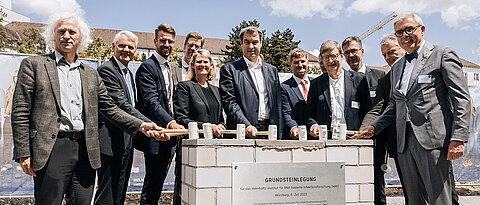Cultural Studies goes YouTube
07/14/2023
From social media to the mobility revolution - a new YouTube site, in which the University of Würzburg is involved, presents cultural studies in a way that makes it interesting for young people.
more









![[Translate to Englisch:] A young man wears an amulet with a magical text on a necklace in this mummy portrait from Imperial Egypt (150-200 AD). Photo: Getty Museum, Malibu.](/fileadmin/_processed_/c/f/csm_0628MagEIA-www-neu_ca5cf1ba80.jpg)









